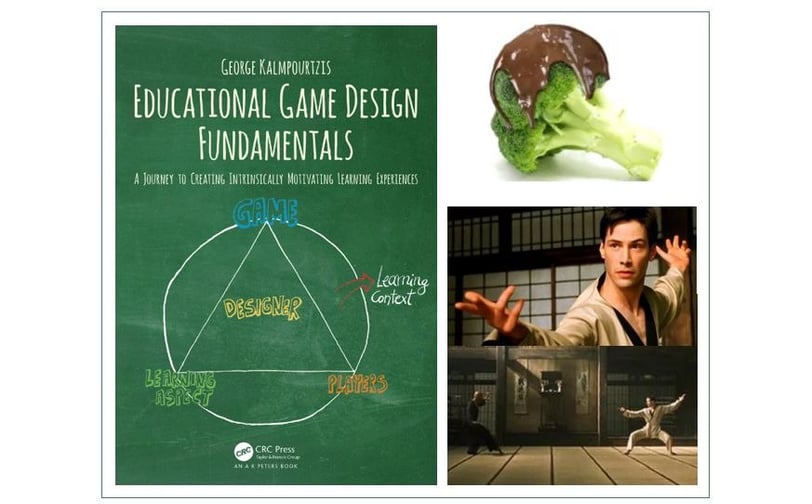CREATIVE LEARNING EXPERIENCES THAT CHANGE BEHAVIOR
Chocolate-covered broccoli! Yum! Said no learner. Ever.
Neo knows that learning-experiences should really start learnin' from The Matrix
Lesley S
5/26/20252 min read


"This just add a score to it reflects the alienation with numbers and measures which is deeply rooted in our society, often disconnected from reality and serving ethically dubious management goals." - game designer Thomas Planques
What's that? Eh, don't worry about it. Just slap on some PBL. Nobody'll know the difference. They'll just think they get to play a fun game.
Welcome to your TPS Report training! The more points you score, the more badges you get. The more badges, the higher you'll be on the company leaderboard! Have fun!
How fun, spending an entire morning I don't have 'cuz my TPS report is due by EOD. Instead, I'm stuck here facing down slide after slide after slide of text-walls and endless bullet points. Oh cool, only 10 more seconds until I can click NEXT.
Welcome to a classic “teaching" experience where you, Lucky Learner, get to force down platefuls of chocolate-covered broccoli.
The sad thing is, the “broccoli” doesn’t actually need a disguise - chocolate, PBL, or otherwise. Not if it’s used differently in a learning recipe. Rather than being covered in sugar so it can be choked down - a transfer of knowledge characteristic of passive learning - it becomes the star of the dish. Its role is now to have people do stuff. "The core grammar of the game medium is interactivity," continues Planques. So as long as interactivity is at the heart of a learning experience, it will engage learners.
Where things go off the rails is when PBL are used in place of interactivity. “This is simply adding an extrinsic, artificial, and often meaningless reward for an otherwise boring activity that is seen as uninteresting enough for the players to reward them in itself,” says Planques. “As designers, we have a responsibility to understand the premises our mechanics rest on. To avoid promoting oppressive instruments. The game is supposed to make the player want to become interested in the domain, not to lock them up in meaningless numbers.”
Meaningless numbers don’t engage. What does? A core mechanic that encourages authentic exploration of a topic. Meaning that learning experiences shouldn't be info dumps accessorized with PBL. Rather, they should be a lot more like that kung fu scene in The Matrix: a virtual training hall where you practice DOING stuff.
There is a catch, though. Matching a mechanic to a skill takes a fair bit of thought. And work. There really are no shortcuts for...
changing your mindset from what you want your learners to know at the end (the outdated model of learning) to focusing on specifics they will be able to do.
Then devising the activities that will get them there.
And 'cuz you're really a pro: wrapping the whole experience in some kind of engaging narrative. Stories are awesome because they hook learners and invite them into the learning experience. When they enter willingly, they learn because they are motivated. And motivation is the magic that leads 'em to that mythical pot o' learner gold at the end of the learning-experience rainbow: retention and transfer. (Retention & transfer are the "holy grail" of learning - Clark Quinn, PhD, MAKE IT MEANINGFUL: Taking Learning Design from Instructional to Transformational.)
The tl;dr: "For educational games, it is paramount to respect the “game” value as much as the “educational” value," adds Planques. "The game must be satisfying in itself, or the player will quickly see through the trick."
This interview with Planques appears in Educational Game Design Fundamentals by George Kalmpourtzis, an award-winning User Experience & games consultant and educator.